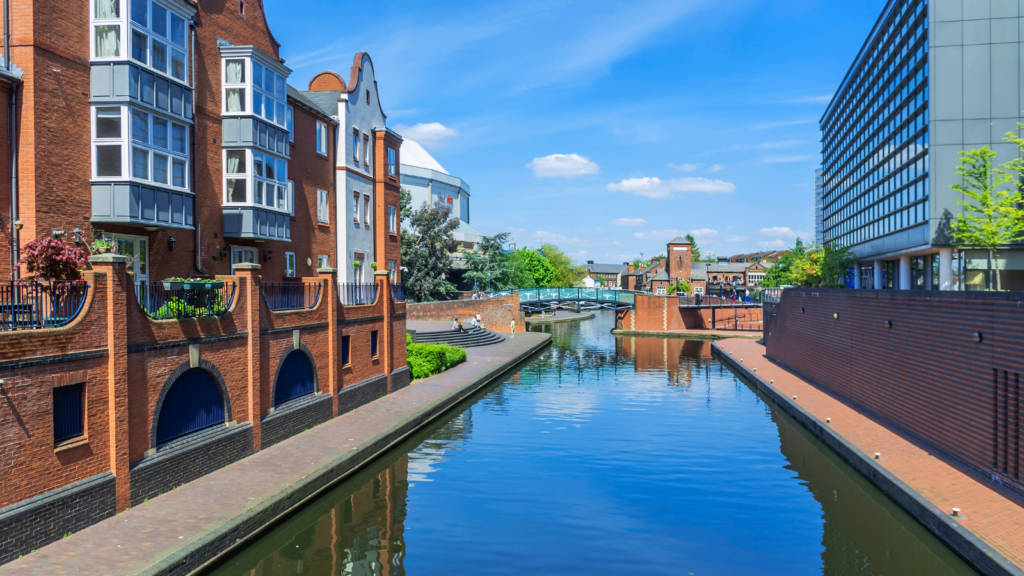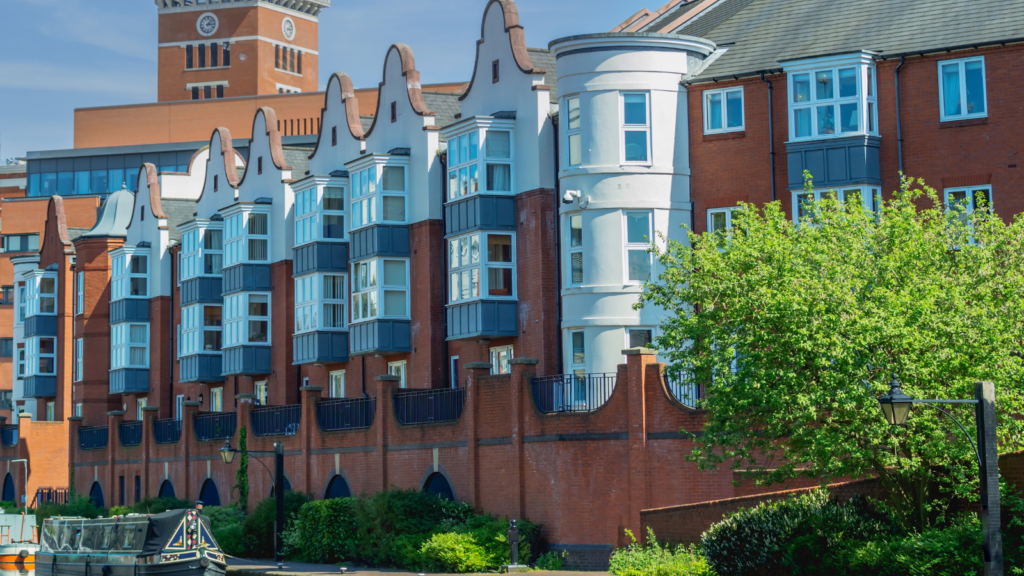
Professor Martin Freer discusses what the region needs to do to meet net zero targets. This blog post was produced for inclusion in the Birmingham Economic Review for 2022. The annual Birmingham Economic Review is produced by the University of Birmingham’s City-REDI and the Greater Birmingham Chambers of Commerce. It is an in-depth exploration of the economy of England’s second city and a high-quality resource for informing research, policy and investment decisions. This post is featured in Chapter 5 of the Birmingham Economic Review for 2022, on opportunities and building on the strengths of the region. Read the Birmingham Economic Review. Visit the WMREDI Data Lab to find out more about Birmingham.
Across the West Midlands, there is a universal commitment to delivering net zero on a timescale which aligns with and sometimes is vastly more ambitious than, the 2050 UK target.
The West Midlands Combined Authority has set a target of 2041. The ambition has been backed up by a high-level plan. This will require significant investment, with an estimated £4.7bn in the first five years and £15.4bn by 2041.
A similar review by Leeds City Council estimates £2.6bn a year for 10 years is required for net zero. However, these plans are probably at the lower end of the regional investment required, focussing on local authority-controlled assets, and a more accurate reflection of the cost of decarbonisation is revealed by the estimated cost of decarbonising London’s 4 million homes of £98 billion.
Indeed, decarbonisation of domestic heating lies at the more challenging end of the spectrum given that there is no low-cost option and that unlike decarbonisation of the electricity grid, where large wind farm investments are invisible to the consumer, heat requires a change to virtually every home.
The UK has 24 million gas boilers that will need replacing, and for many of these homes, the thermal efficiency needs enhancement in order to be optimal for heat pump installation.
Fuel Poverty
As illustrated in HM Government’s Heat and Building Strategy, the West Midlands has the highest levels of fuel poverty in England at 17.5% compared to 7.5% in the South East and the lowest levels of energy efficiency of buildings of 35% again compared to London and South East of 45%. At the time of extreme energy prices, driven by the present high cost of gas, means that the West Midlands is greatly exposed to the accelerated levels of fuel poverty and has homes which leak energy at the highest rates and hence cost more to run.
The bottom line is, that both from net zero and the cost of energy perspectives there is a need to prioritise investment into the domestic heating sector and in turn, this would provide a much-needed injection into the West Midlands Green Economy.

Birmingham
The need for local coordination around heat is clear. Be it heat pumps or district heating both require engagement with communities around the type of heating solution deployed, the infrastructure required and aggregation of demand to a scale that there it is commercially attractive to deliver. It is unlikely that a pepper pot of solutions will work and that the optimal approach is street by street, community by community. It will also need to recognise existing energy assets which have hitherto not been exploited.

East Birmingham is a good example. It is an area of Birmingham in which there are communities at the extreme end of the energy crisis. The fuel poverty and unemployment rates are highest and the life expectancy of certain communities is 10 years less than elsewhere in the city. The traditional, pre-1900, housing is some of the worst performing in terms of the Energy Performance Certificate, EPC, ratings. In total, there are around 110,000 homes for which a range of district heating and heat pump solutions are on the table.
East Birmingham has a number of energy assets, which include the large energy from waste, EfW, plant at Tyseley which incinerates the city’s household waste, and generates electricity, but wastes the heat. Similarly, there is the Minworth, Severn Trent, sewage works which produce, from the final effluent stream, an estimated 95 MW of thermal energy. These assets produce enough thermal energy that they could, in principle, serve the energy requirements of 50% of the homes in East Birmingham.
Policy
A recent policy commission led by Sir John Armitt makes the case that regions like East Birmingham could be part of a national pathfinder programme. This pathfinder would not only deliver lower carbon energy, higher energy efficiency and reduced fuel poverty but generate jobs and skills for the communities which are part of the pathfinder – a virtuous circle. The proposed 3 Cities programme, which focuses on 150,000+ homes in Birmingham, Coventry and Wolverhampton, would similarly accelerate the economic benefits of the low-carbon transition.
The key to the Green Economy is ensuring that the benefits of the growth in this sector flow through to the communities in the West Midlands and not to the South East, or worse, overseas.
The discussions that the West Midlands Combined Authority are having with HM Government around devolution will be important to success.
This blog was written by Professor Martin Freer, University of Birmingham.
Disclaimer:
The views expressed in this analysis post are those of the authors and not necessarily those of City-REDI / WMREDI or the University of Birmingham.
